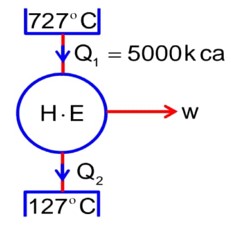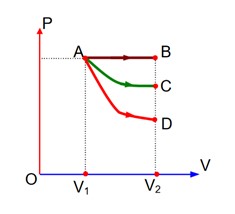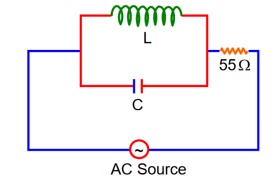Thermodynamics
Get insights from 326 questions on Thermodynamics, answered by students, alumni, and experts. You may also ask and answer any question you like about Thermodynamics
Follow Ask QuestionQuestions
Discussions
Active Users
Followers
New answer posted
4 months agoContributor-Level 10
2O3(g) -> 3O2
t = 0 a moles 0
-0.5a mole +0.75a mole
At Eq. 0.5a mole 0.75a mole
Total moles at eq = 0.5a + 0.75 a = 1.25a
New answer posted
4 months agoContributor-Level 10
T1 = 727 + 273 = 1000k
T2 = 127° + 273 = 400 k
Q1 = 5 * 103 k cal
w = 12.6 * 106 J
New answer posted
4 months agoContributor-Level 10
0.25 = 1 -
0.25 = 1 -
T1 = 400 k
Now, efficiency increases by 100%
= 0.25 * 2
= 0.50
0.50 = 1 -
(600 – 400) = 200 k or 200° C
New answer posted
4 months agoContributor-Level 10
Process-AB Isobaric,
Process-AC Isothermal, and
Process-AD? Adiabatic
W2 < W1 < W3
New answer posted
4 months agoContributor-Level 10
Water has only two lone pair and XeF4 has two lone pair electron in opposite plane of the central atom.
New answer posted
4 months agoContributor-Level 10
At Resonance
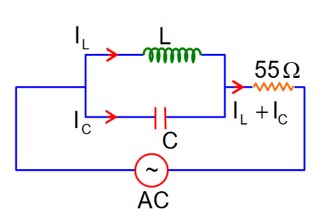
XL = XC
then lL = lC
Now phasor diagram
for L & C
So, Net current = zero
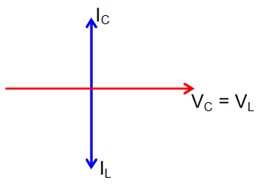
Therefore current through R circuit at resonance will be zero
New answer posted
4 months agoContributor-Level 10
85gm NH3 = 5 moles of NH3
Enthalpy change for 1 mol = 23.4 kJ
Then enthalpy change for 5 mol = 23.4 * 5 = 117 kJ
Taking an Exam? Selecting a College?
Get authentic answers from experts, students and alumni that you won't find anywhere else
Sign Up on ShikshaOn Shiksha, get access to
- 65k Colleges
- 1.2k Exams
- 679k Reviews
- 1800k Answers

